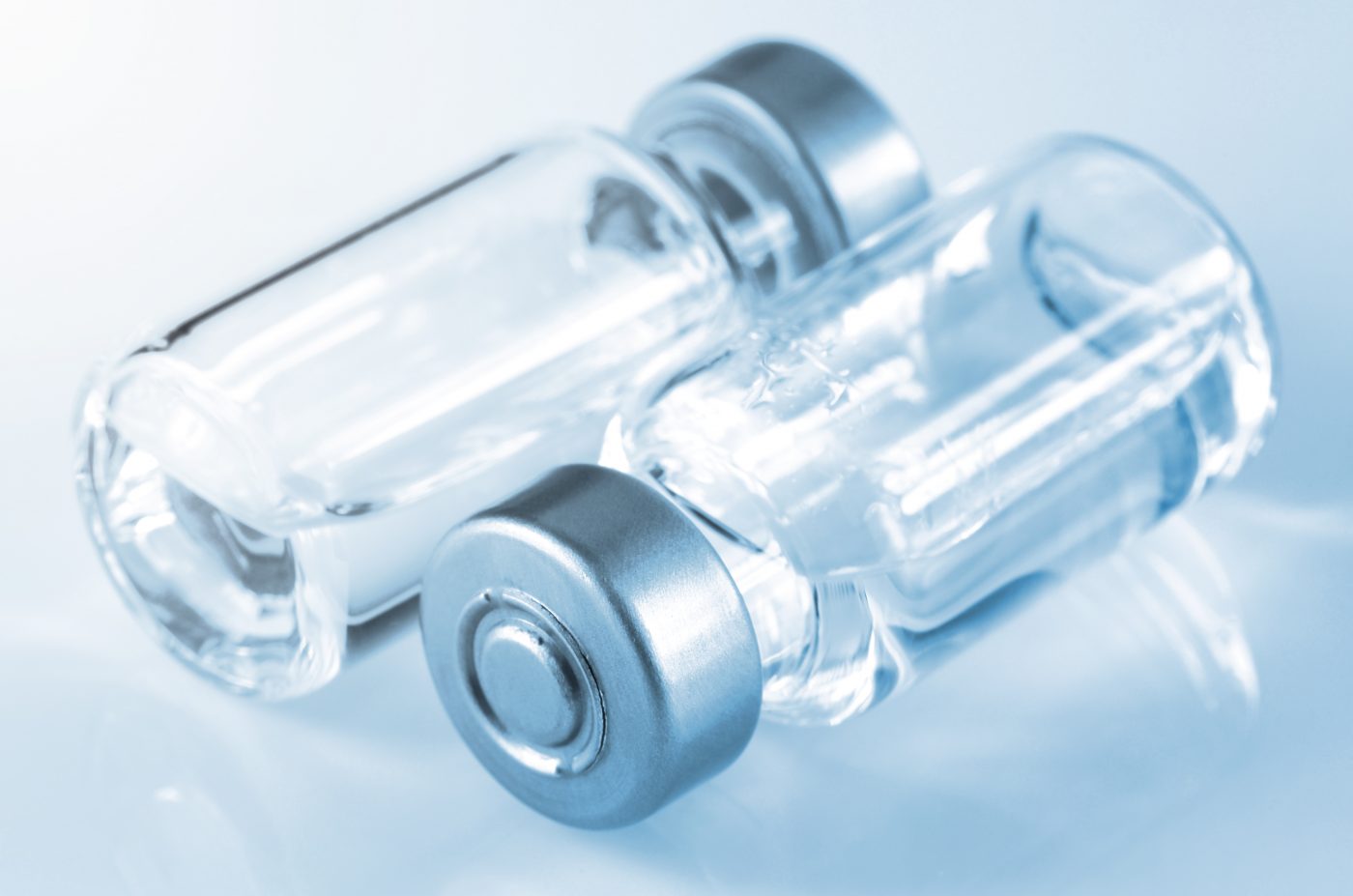Rituxan Successfully Treated Severe Neuropsychiatric Lupus, Case Report Says
Written by |

A 49-year-old woman with severe demyelinating syndrome systemic lupus erythematosus (DS-SLE), where lupus affects the white matter in the brain, was successfully treated with Genentech‘s Rituxan (rituximab), along with other medications.
The case report, “Severe neuropsychiatric systemic lupus erythematosus successfully treated with rituximab: an alternative to standard of care,” was published in the journal Open Access Rheumatology: Research and Reviews.
DS-SLE is a rare form of neuropsychiatric lupus, or NPSLE. Experts have found 19 different ways that lupus can impact the nervous system, including the brain. NPSLE can involve cognitive impairment, cerebrovascular disease (where arteries supplying oxygen to the brain are affected), seizures, and psychosis. Up to 90 percent of adults, adolescents, and children with lupus experience effects of NPSLE at some point in their lives.
A 49-year-old woman was referred to a rheumatology department in Italy in February 2016 and diagnosed with DS-SLE. She had been hospitalized for NPSLE in June 2015, and had had lupus for the previous 15 years.
On her admission to the department, her husband reported that her neurological symptoms had worsened in the past six weeks. Her cognitive impairment was severe — she was unable to remember her exact age or the date.
She also had uncontrollable movement in both eyes, double vision, difficulty pronouncing words, lack of coordination of muscle movements in her lower limbs, and other abnormalities.
She was treated initially with methylprednisolone, two doses of Rituxan 14 days apart, and a single pulse of 500 mg of cyclophosphamide. Mycophenolate mofetil was prescribed as the maintenance therapy.
Her vision, speech, and motor function had progressively improved by six months after the initial treatment. Cognitive dysfunction improved greatly, but was not completely resolved after one year of follow-up. Injuries to the white matter in her brain had healed to some extent.
The authors do not consider that any single one of the medications used to treat this patient is solely responsible for the considerable improvement seen in her condition. They emphasize that their strategy reduced the use of corticosteroids — methylprednisolone in this case — for treating the patient.
“It would be difficult to ascribe the response to one agent more than the others, but definitely this strategy was successful to lower inflammation, prevent accrue of damage, avoid new relapse and reduce the use of corticosteroids,” the team wrote. “This is worthy of mention especially given the propensity of corticosteroids for inducing damage in patients with SLE, especially in those with central nervous system involvement, and for precipitating new NPSLE events.”
“In conclusion, [Rituxan] represents an effective therapeutic option for severe NPSLE and especially for DS-SLE providing [it is associated] with a conventional immunosuppressant as maintenance treatment to reduce the risk of flare and reduce corticosteroids dose.”




